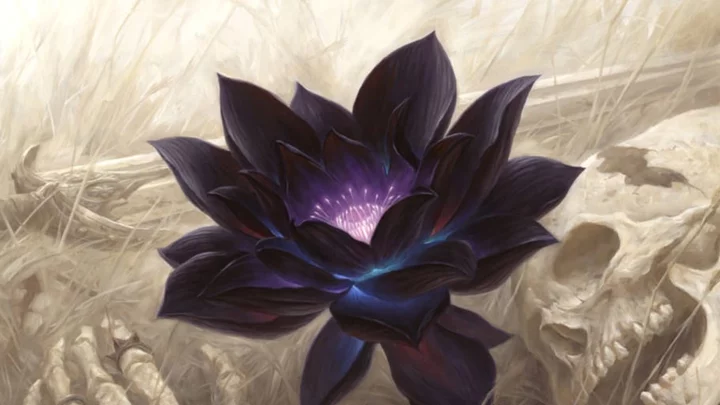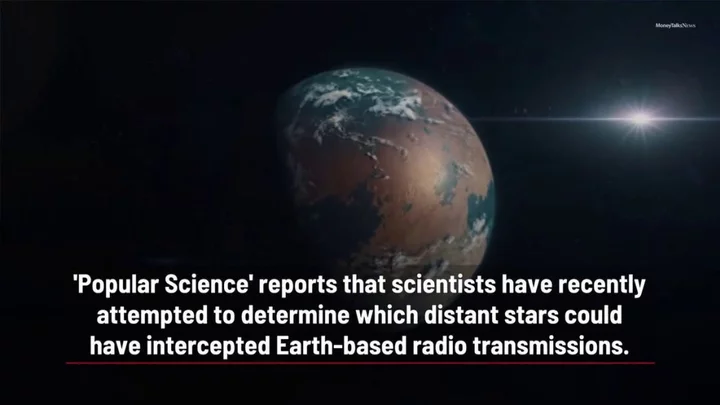
From Design to Deployment, Phison’s IMAGIN+ System Enables Organizations to Imagine the Possibilities for Flash-enabled AI+ML at FMS 2023
SAN JOSE, Calif.--(BUSINESS WIRE)--Aug 8, 2023--
2023-08-08 22:49

This refurbished iPad and Beats combo is on sale for just $239.99
TL;DR: As of June 22, get this refurbished Apple iPad 7 and Beats Flex headphones
2023-06-22 17:51

It’s been 11 years since Danny Dyer called the 9/11 attackers ‘slags’ on Twitter
Over its history, social media has provided us with some truly legendary content that will live long in the memory. Today is the 11 year anniversary of one such tweet, in which British actor Danny Dyer called the 9/11 attackers “slags”. The horrifying attacks on 11 Septemer 2001 claimed the lives of 2,977 victims when 19 terrorists hijacked and crashed four planes in a co-ordinated attack on the United States. The events shocked the world and the disbelief at what actually occurred has continued for years following. 11 years after the attacks in 2012, Dyer took to Twitter to express just that, writing in typical Cockney fashion: “Can’t believe it’s been nearly 11 years since them slags smashed into the twin towers it still freaks my nut out to this day.” At the time, Dyer deleted the tweet shortly after posting it, but not before several screenshots saw it go down in internet history. “Can’t believe it’s been 11 years since Danny Dyer’s brilliant 9/11 tweet,” one person wrote. Some pointed out that we have reached the point where the tweet sent by Danny Dyer is as far away from us as it was after the events of 9/11. One X/Twitter user explained: “Realising it’s now as many years since Danny Dyer’s tweet as it was between 9/11 and him writing it.” Another said: “We are now as far away from Danny Dyer's 9/11 tweet as Danny Dyer's 9/11 tweet was from 9/11.” Sign up to our free Indy100 weekly newsletter Have your say in our news democracy. Click the upvote icon at the top of the page to help raise this article through the indy100 rankings.
2023-09-11 22:58

Xi calls for 'solid' security barrier around China's internet
BEIJING Chinese President Xi Jinping said China must build a "solid" security barrier around its internet under the
2023-07-15 20:55

Who Can Beat Google in the Search Game? It Won't Be Neeva
Having once set its sights on challenging Google’s search engine dominance, Neeva has admitted it
2023-05-22 03:20

Emira D’Spain Says “Makeup Therapy” Helps Her Feel Confident
/* /////////////////////////////////////////////////////////////////////////////// *//* EDIT - Do you need a video opener? Set to 'true' if animated video, if not set to 'false' */ var hasVideo = false;/* /////////////////////////////////////////////////////////////////////////////// *//* Video loading image, Use image from first frame *//* Hero, Desktop & Tablet use 8:3, 2000px x 750px squooshed mozJPG at 75% compression */ var desktopHeroImage = "";/* Hero, Mobile use 720px 1:1,5:6,4:3, 1280px wide squooshed mozJPG at 75% compression */ var mobileHeroImage = "";/* /////////////////////////////////////////////////////////////////////////////// *//* Please add accessible alt text */ var desktopHeroAltText = ""; var mobileHeroAltText = "";/* /////////////////////////////////////////////////////////////////////////////// *//* EDIT - Desktop & Tablet wide video URL from JWPlayer, use min 1920px x 720px 8:3 wide asset, 6-10 second loop, no audio */ var desktopVideo = "";/* /////////////////////////////////////////////////////////////////////////////// *//* EDIT - Mobile video URL from JWPlayer, use 720px 1:1,5:6,4:3 squre/tall asset, 6-10 second loop, no audio */ var mobileVideo = "";/* /////////////////////////////////////////////////////////////////////////////// *//* DO NOT ALTER */ /* Build additional functions here. */ function initOther() { /* Additional functionality is initialized here */ console.log('initOther'); } function loadVideo(){var e=document.getElementById("tmp-video-hero-desktop"),o=document.getElementById("tmp-video-hero-mobile");window.innerWidth>960&&(e.src=desktopVideo,e.load()),window.innerWidth>767&&window.innerWidth<961&&(e.src=desktopVideo,e.load()),window.innerWidth<768&&(o.src=mobileVideo,o.load())}function setupVideo(){document.getElementsByClassName("full-width-opener")[0].setAttribute("id","tmp-content"),document.getElementById("tmp-content").innerHTML='',loadVideo()}function setup(e){1==e&&setupVideo()}function ready(e){(document.attachEvent?"complete"===document.readyState:"loading"!==document.readyState)?e():document.addEventListener("DOMContentLoaded",e)}document.onmouseleave=function(){window.isReady=!1},window.addEventListener("resize",function(){window.isReady=!1}),window.isReady=void 0!==window.isReady&&window.isReady,ready(function(){var e=setInterval(function(){window.imagesLoaded&&(imagesLoaded("#tmp-load",{background:!0},function(){window.isReady=!1,clearInterval(e)}),clearInterval(e))},100);if(!1!==window.isReady)return;window.isReady=!0;const o=setTimeout(function(){clearTimeout(o),setup(hasVideo),initOther()},100)});
2023-06-07 19:26

Nextdoor and Verizon Reunite for Nationwide Neighbor Month Celebrations
SAN FRANCISCO--(BUSINESS WIRE)--Sep 7, 2023--
2023-09-07 18:46

Lieutenant General Michael Groen Joins Academy Securities’ Advisory Board and Geopolitical Intelligence Group
NEW YORK--(BUSINESS WIRE)--Jun 9, 2023--
2023-06-09 18:45

Core Scientific, Inc. Appoints Adam Sullivan as CEO to Lead the Company’s Next Phase of Growth
AUSTIN, Texas--(BUSINESS WIRE)--Aug 4, 2023--
2023-08-04 21:27

Upgrade your PC with Windows 11 Home for just $29.97
TL;DR: Through Sept. 17, you can get a lifetime license to Microsoft Windows 11 Home
2023-09-12 17:24

U.N. meeting debates aviation emissions goal through cleaner fuels
By Allison Lampert (Reuters) -Global aviation officials on Friday sought to agree an interim target for cutting carbon emissions from
2023-11-24 22:59

YouTube is introducing unskippable ads to TV
YouTube will soon introduce 30-second unskippable advertisements to its TV viewing experience. The company's top-performing
2023-05-18 19:53
You Might Like...

Yamaha: Japanese-style Music Education Using Recorders Begins at Public Primary Schools in India

Trellis Energy Software Bolsters Executive Team

MTG Standard Ban May 29 Announcement Leaks

New Twitter CEO says she is excited to help to transform Twitter

US and UK back new 'Atlantic Declaration' for economic cooperation

HP Laptop 15z (2023) Review

House Committee Launches Probe into FTC Chair Lina Khan

Earth has received its first ever 'alien message'
